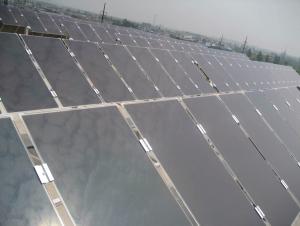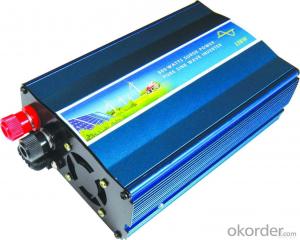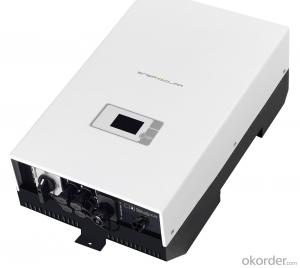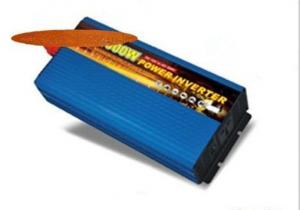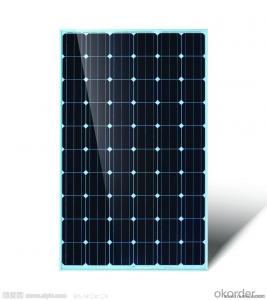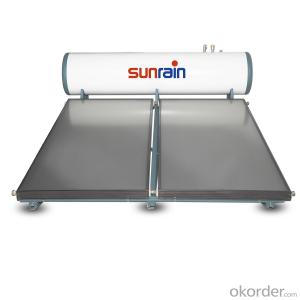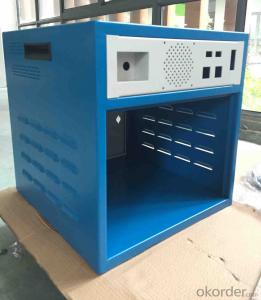Inverter Without Solar Panel
Inverter Without Solar Panel Related Searches
Solar Panel Without Inverter Without Battery Solar Inverter Solar Power Without Inverter Solar Without Inverter Solar Without Battery Inverter Solar System Without Inverter Inverter With Solar Panel Inverter With Solar Panels Solar Panel With Inverter Inverter On Solar Panel Inverter Ac With Solar Panel Solar Panels With Inverter Inverter With Battery Solar Transformerless Solar Inverter Inverter With Solar Input Solar Panel To Inverter Inverter With Solar Charger Inverter Used In Solar Panel Inverter Solar Panel Inverter With Solar System Power Inverter For Solar Panel Inverter Solar Panels Inverter For Solar Convert Inverter To Solar Solar Battery With Inverter Solar Panel With Inverter Kit Solar Panel Kit With Inverter Solar Panel With Ac Inverter Best Solar Inverter Off Grid Solar Charger With InverterInverter Without Solar Panel Supplier & Manufacturer from China
Inverter Without Solar Panel refers to a range of products that convert DC power from various sources into AC power, which can be utilized by standard electrical appliances. These inverters are designed to be compatible with solar panels, but they can also function independently or with other power sources like batteries or generators. The application and usage scenarios of Inverter Without Solar Panel are diverse, making them suitable for both residential and commercial settings. They are commonly used in off-grid systems, backup power supplies, and for powering appliances in remote locations where grid electricity is not available. Okorder.com is a leading wholesale supplier of Inverter Without Solar Panel, boasting a large inventory that caters to the needs of various customers.Hot Products


